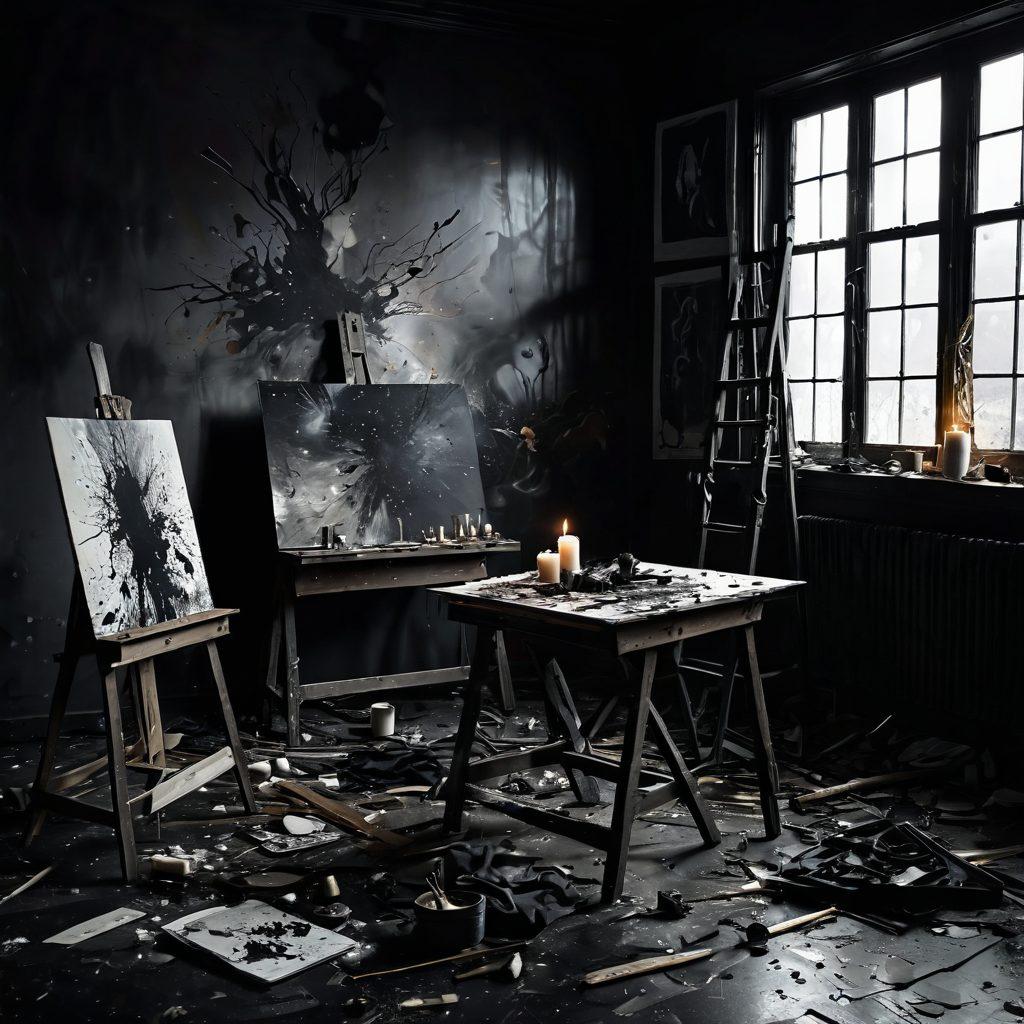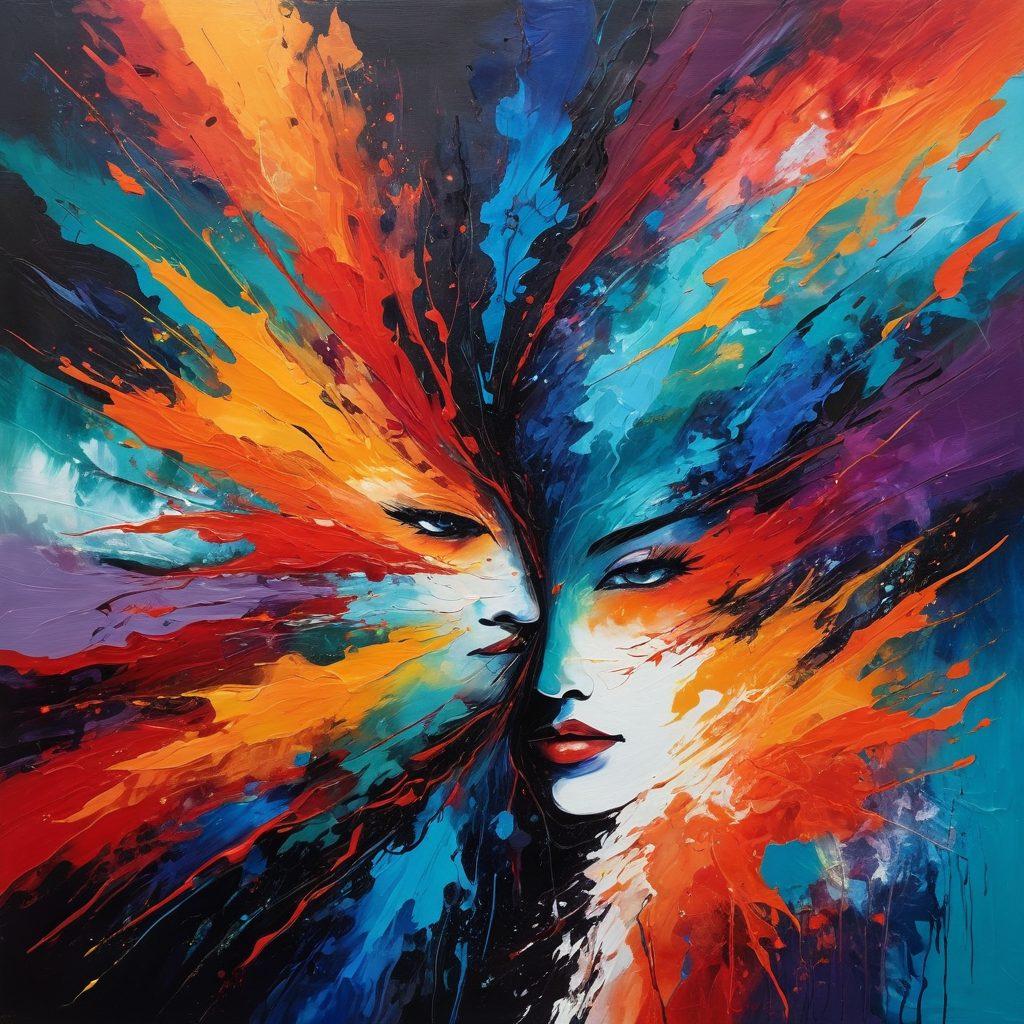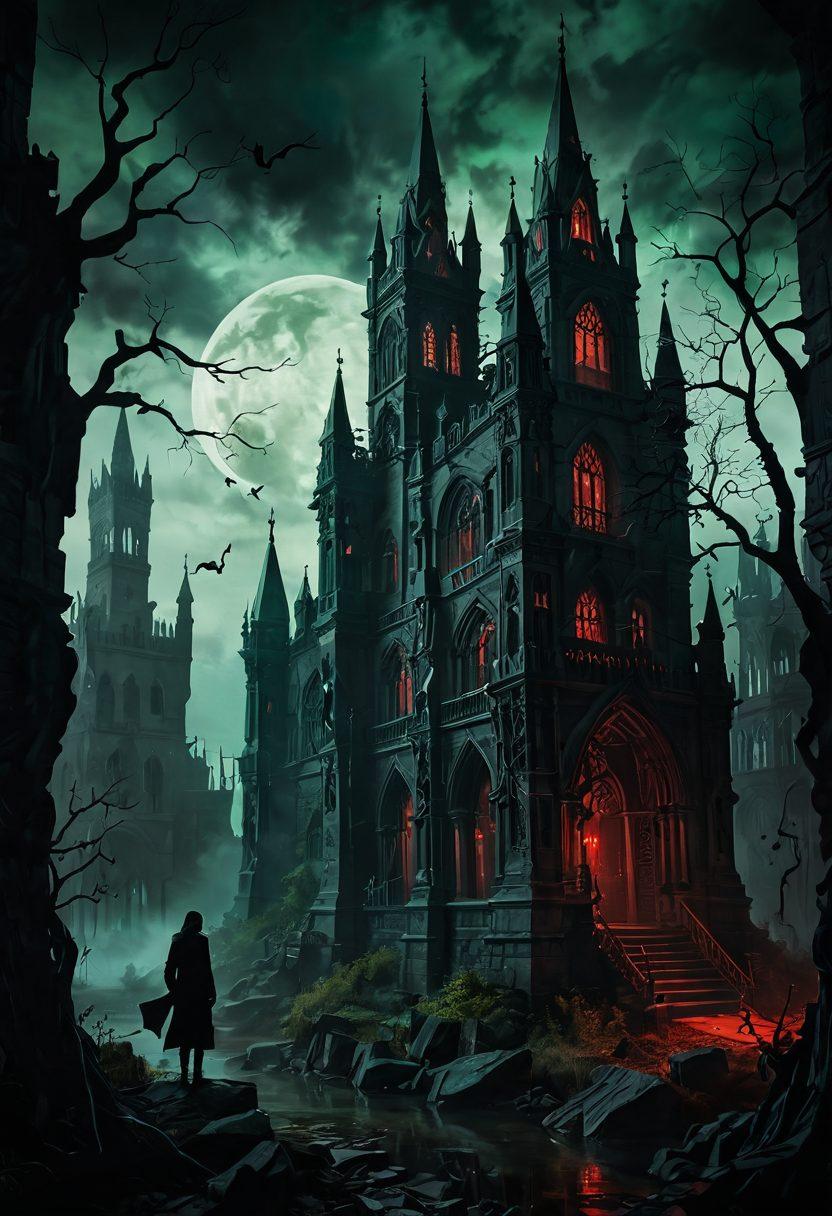Exploring the Depths of Creative Agony: The Allure of Torturous Art
What is it about torturous art that draws us closer to its depths? As viewers, we often find ourselves captivated by pieces that evoke both discomfort and fascination. This intriguing paradox lies at the heart of artistic torture—a paradoxical relationship between pain and creativity. Perhaps it’s the raw expression of humanity’s darker side that resonates with us. Many artists have tapped into this well of creative agony, transforming personal suffering into profound masterpieces that resonate across time and culture. Is it the intense emotions that speak to our shared experiences, or is it the sheer audacity of confronting the taboo that keeps us coming back for more?
Torturous art is a genre that activates a visceral response in its audience. Think of gothic art, with its haunting imagery and melancholic themes, often steeped in death and despair. Moving beyond mere aesthetics, this art form serves as a commentary on our own existence—our fears, horrors, and the inescapable truths of suffering. As expressive art probes these depths, it challenges us to look away from beauty and embrace the more grisly aspects of life. Ever wondered why horror-themed art holds such appeal? Could it be that the tension between fear and creativity unlocks a deeper understanding of ourselves?
The techniques and methods used in creating torturous art can often be as varied as the themes they portray. From the gruesome artistry of Francisco Goya to the macabre creations of contemporary artists like Damien Hirst, each piece often embodies a form of experimental art that pushes the boundaries of what we consider acceptable. Are these artists mere provocateurs, or are they visionaries revealing discomforting truths? By delving into the shocking art of suffering, they force us to confront our emotions, including the buried darkness we often shy away from.
While the notion of pain art may sound disturbing at first, it serves a broader purpose—it holds a mirror to society, reflecting the often-overlooked aspects of the human condition. It’s compelling narrative storytelling wrapped in visual torment. Consider transgressive art, which challenges societal norms and expectations, often leaving the viewer astonished or even unsettled. This artistic horror compels us to question our values and beliefs, inviting us to explore the complex interplay between suffering and beauty. Does this mean that suffering must be an integral part of creativity, or can art, even in its lightest forms, evoke similar emotional responses?
As we further explore the allure of torturous art, we recognize its profound impact. While some may dismiss it as niche art intended only for shock value, there’s an undeniable depth in its exploration of human emotions and psychology. The intricate layers of pain and pleasure lead us to a deeper, more meaningful conversation about the experiences we embody. So, the next time you come across disturbing art that elicits a strong emotional response, pause for a moment. Ask yourself: what story is being told, and what truths might surface from embracing the darker sides of creativity? In a world often glossed over with superficial beauty, the enchantment of torture methods in artistry undeniably reveals the underlying currents of our shared human experience.
From Pain to Canvas: Understanding the Allure of Disturbing Art
Have you ever stumbled upon a piece of art so shocking, so viscerally disturbing, that it made your heart race and your stomach churn? This is the realm of torturous art, where the canvas becomes a medium for experiencing pain, suffering, and the darker aspects of the human condition. It entices countless artists, passionate about exploring their creative agony, to delve into the world of gothic art and horror-themed art. But what truly draws us in? Is it the allure of artistic horror or the compelling stories behind these visceral expressions? Let’s discover how artistic torture can be both a personal journey and a shared experience that speaks to our deepest fears.
As we navigate through the hallways of history, we find that the most expressive art often emerges from turmoil. Think of the works of Edvard Munch, whose haunting painting, "The Scream," serves as a reflection of existential dread—an abstract nightmare that portrays the depths of human suffering. This concept of pain art exposes the raw, unfiltered emotions that can only be articulated through provocative art. The art world has its share of artists who willingly embrace suffering as a source of inspiration, pushing the boundaries of experimental art in ways that can both disturb and enchant. So, what drives this niche art form? Could it be a quest for catharsis, a means to confront personal demons, or an outlet to reflect societal pain?
Just as scientific experiments can lead to groundbreaking discoveries, the exploration of horror-themed art can dig deep into the psyche, unearthing complex feelings of anguish and dread. The relationship between artist and audience becomes a dialogue—a shared experience of visual torment that resonates on a fundamental level. This prompts this question: Is our fascination with gruesome art merely to confront our fears, or does it serve as a provocative journey into understanding suffering? Artists like Francis Bacon and Yayoi Kusama have turned their own experiences with mental health and trauma into powerful transgressive art pieces, forcing us to grapple with the uncomfortable yet necessary confrontation of our own vulnerabilities.
Deconstructing the allure of disturbing art reveals a powerful connection—the ways we process and articulate suffering may hold the key to understanding ourselves. It’s fascinating how a simple brushstroke can echo the emotional experiences of many. The act of creating suffering art isn't just about depicting pain but rather about capturing emotional intensity. It opens the door to conversations around mental health, grief, and identity. When we think of macabre artistry, we realize that it often mirrors our deepest fears and traumas through a lens that’s both haunting and beautiful. Can these forms of artistic expression potentially lead to healing?
Ultimately, the pull toward nightmarish art asks us to confront our history and future. It compels us to linger in uncomfortable spaces, revealing a tapestry of emotional complexity that resonates with us all. Each piece becomes a story; each narrative transforms into a profound opportunity for connection. Viewing artistic horror invites us on a journey where chaos meets clarity, urging us to embrace our discomfort. So the next time you encounter shocking art, take a moment to question its implications. Are you ready to embrace the anguish of creativity and find beauty within the darkness?
Transgressing Boundaries: The Impact of Gothic and Horror-themed Art on Creative Expression
Exploring the depths of creative agony, one cannot help but wonder: what compels artists to delve into the dark and disturbing realms of their psyche? In the world of art, gothic and horror-themed expressions breathe life into something remarkable and grotesque. A masterpiece that slips through the cracks of society’s expectations may leave viewers questioning their own interpretations of beauty and agony. As the saying goes, "Art is not what you see, but what you make others see." For many artists, this provocative pursuit often leads them down the path of torturous art that both challenges and captivates.
Gothic art has long been a means of transgressing boundaries. It expresses feelings of despair and horror, laced with a hint of the macabre. Characters shrouded in the shadows, landscapes dense with fog, and narratives filled with despair capture the essence of human suffering. This is not merely an aesthetic choice, but a powerful vessel for artistic torture that allows creators to confront their deepest fears. In a world enamored with the superficial, why do you think these niche art forms speak more profoundly to some than others? Is it escapism, or perhaps a revelation of suppressed emotions?
One cannot overlook the influence of horror-themed art, where the frightening interplays with the beautiful to create expressive art that resonates on many levels. Even the use of torture methods—not as a means of true violence but as a symbol—invokes a visceral reaction in viewers. Such art often acts as a mirror, reflecting societal fears, anxieties, and even the chaos of the modern world. Just as Frankenstein’s monster embodies the consequences of overstepping moral boundaries, so too does disturbing art provoke critical reflections on ethical dilemmas. Dare we gaze deeper into our hearts or our own nightmares?
Through the lens of gruesome art and shocking art, one can uncover the transformative power of suffering art. Artists like Francis Bacon and H.R. Giger immerse their viewers in a whirlwind of creative agony that transcends conventional narratives. These practitioners of nightmarish art provoke conversations about existentialism, trauma, and identity while evoking feelings of visual torment. It’s this unfiltered exploration of the human condition—no matter how unsettling—that stretches the boundaries of traditional artistic expression. But does the discomfort brought forth by transgressive art lead to catharsis or further despair?
Ultimately, the allure of gothic and horror-themed art lies in their capacity to challenge perceptions of normality while shedding light on the complexities of human experience. Creative expression thrives amid uncertainty, and experimental art can spark emotional revolutions. Maybe by encountering the suffering embedded within macabre artistry, one might just unlock a deeper understanding of themselves. Do you dare to confront your own creative agony? As you explore this unconventional world of artistic horror, remember that each piece—each stroke and splatter—tells a story of resilience and raw vulnerability.


